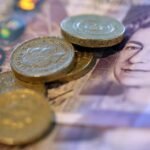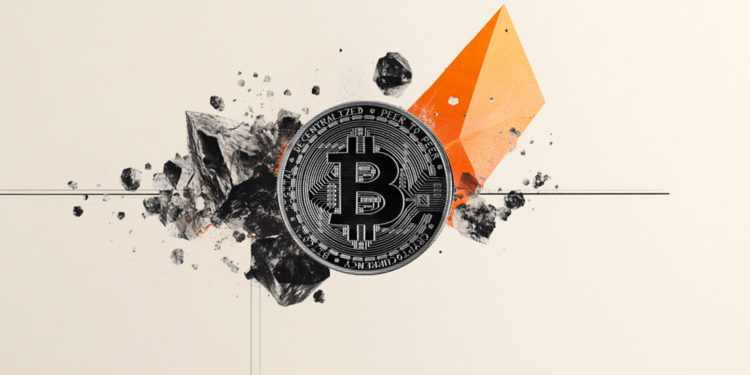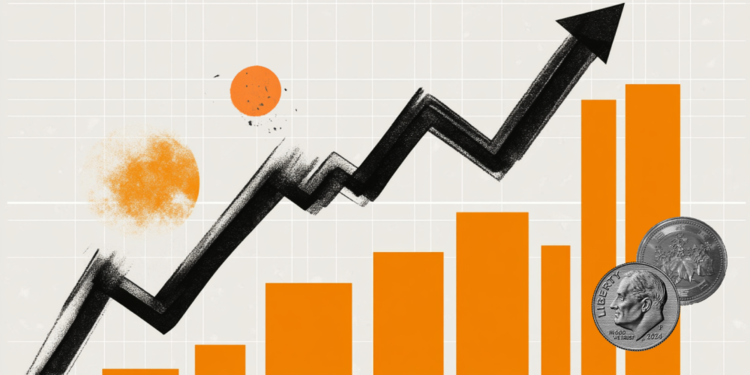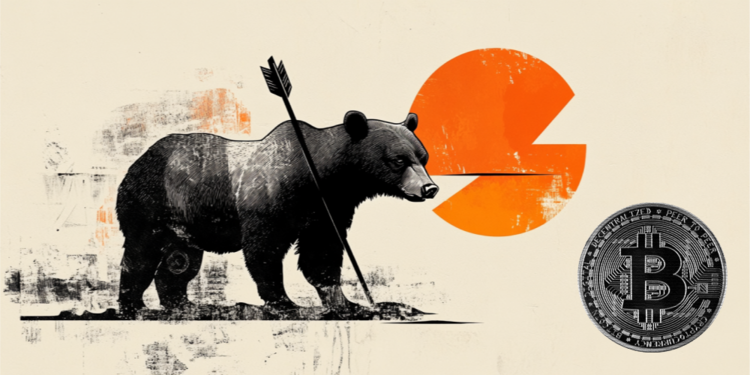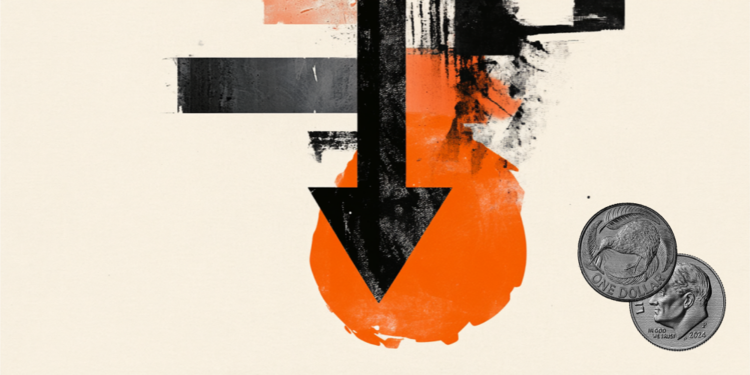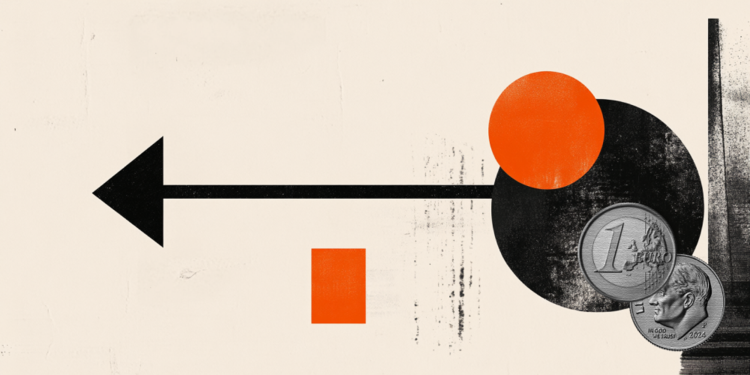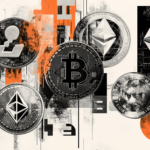- GBP/JPY could further depreciate amid the increased likelihood of further Bank of Japan rate hikes.
- The BoJ Summary of Opinions suggested that policymakers discussed the likelihood of raising interest rates further.
- The Pound Sterling struggles as the BoE is widely expected to deliver a 25 basis point rate cut on Thursday.
GBP/JPY trims its recent losses, trading around 191.50 during the European hours on Monday. However, the GBP/JPY cross could face challenges as the Japanese Yen (JPY) attracts increased buying demand, driven by rising expectations of further rate hikes by the Bank of Japan (BoJ).
Additionally, the BoJ Summary of Opinions suggested that policymakers discussed the likelihood of raising interest rates further. A significant rise in Tokyo’s core inflation, at the fastest annual pace in nearly a year, supports prospects for further policy tightening by the BoJ, which provides some support to the JPY.
BoJ board members emphasized that it would be necessary to continue hiking rates if economic activity and prices remain on track, though this does little to boost the Japanese Yen. Japan’s Economy Minister Ryosei Akazawa stated on Monday that officials aim to achieve the BoJ’s 2% inflation goal and plan measures to mitigate the impact of rising living costs.
Further downside for the EUR/GBP cross appears possible as the Pound Sterling (GBP) faces risks due to expectations that the Bank of England (BoE) will restart its policy-easing cycle, likely cutting interest rates by 25 basis points (bps) to 4.5% in February.
Investors are closely watching the BoE’s monetary policy decision next Thursday, with expectations of a dovish stance given recent signs of slowing inflation, despite continued wage growth acceleration. The BoE’s monetary policy guidance could be dovish as recent inflation indicators show signs of deceleration, although wage growth remains on the rise. Financial market participants anticipate three interest rate cuts from the BoE this year amid declining labor demand and weakening business confidence.
Central banks FAQs
Central Banks have a key mandate which is making sure that there is price stability in a country or region. Economies are constantly facing inflation or deflation when prices for certain goods and services are fluctuating. Constant rising prices for the same goods means inflation, constant lowered prices for the same goods means deflation. It is the task of the central bank to keep the demand in line by tweaking its policy rate. For the biggest central banks like the US Federal Reserve (Fed), the European Central Bank (ECB) or the Bank of England (BoE), the mandate is to keep inflation close to 2%.
A central bank has one important tool at its disposal to get inflation higher or lower, and that is by tweaking its benchmark policy rate, commonly known as interest rate. On pre-communicated moments, the central bank will issue a statement with its policy rate and provide additional reasoning on why it is either remaining or changing (cutting or hiking) it. Local banks will adjust their savings and lending rates accordingly, which in turn will make it either harder or easier for people to earn on their savings or for companies to take out loans and make investments in their businesses. When the central bank hikes interest rates substantially, this is called monetary tightening. When it is cutting its benchmark rate, it is called monetary easing.
A central bank is often politically independent. Members of the central bank policy board are passing through a series of panels and hearings before being appointed to a policy board seat. Each member in that board often has a certain conviction on how the central bank should control inflation and the subsequent monetary policy. Members that want a very loose monetary policy, with low rates and cheap lending, to boost the economy substantially while being content to see inflation slightly above 2%, are called ‘doves’. Members that rather want to see higher rates to reward savings and want to keep a lit on inflation at all time are called ‘hawks’ and will not rest until inflation is at or just below 2%.
Normally, there is a chairman or president who leads each meeting, needs to create a consensus between the hawks or doves and has his or her final say when it would come down to a vote split to avoid a 50-50 tie on whether the current policy should be adjusted. The chairman will deliver speeches which often can be followed live, where the current monetary stance and outlook is being communicated. A central bank will try to push forward its monetary policy without triggering violent swings in rates, equities, or its currency. All members of the central bank will channel their stance toward the markets in advance of a policy meeting event. A few days before a policy meeting takes place until the new policy has been communicated, members are forbidden to talk publicly. This is called the blackout period.





